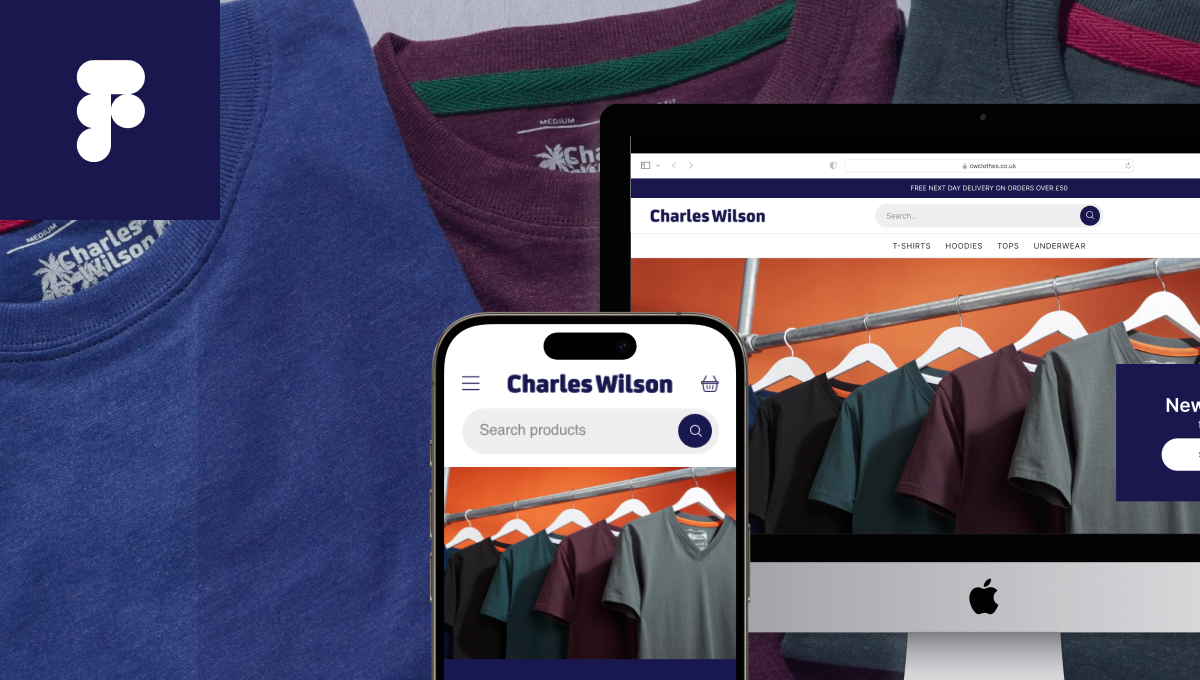For over a decade, we’ve provided proactive insights into Magento 2 coding standards, emerging technologies, security measures, and best practices. Our engineers, mostly Magento 2 certified, demonstrate our commitment to expertise and excellence. Moreover, our certified experts in Shopify and WooCommerce are well-equipped to handle other renowned platforms.

